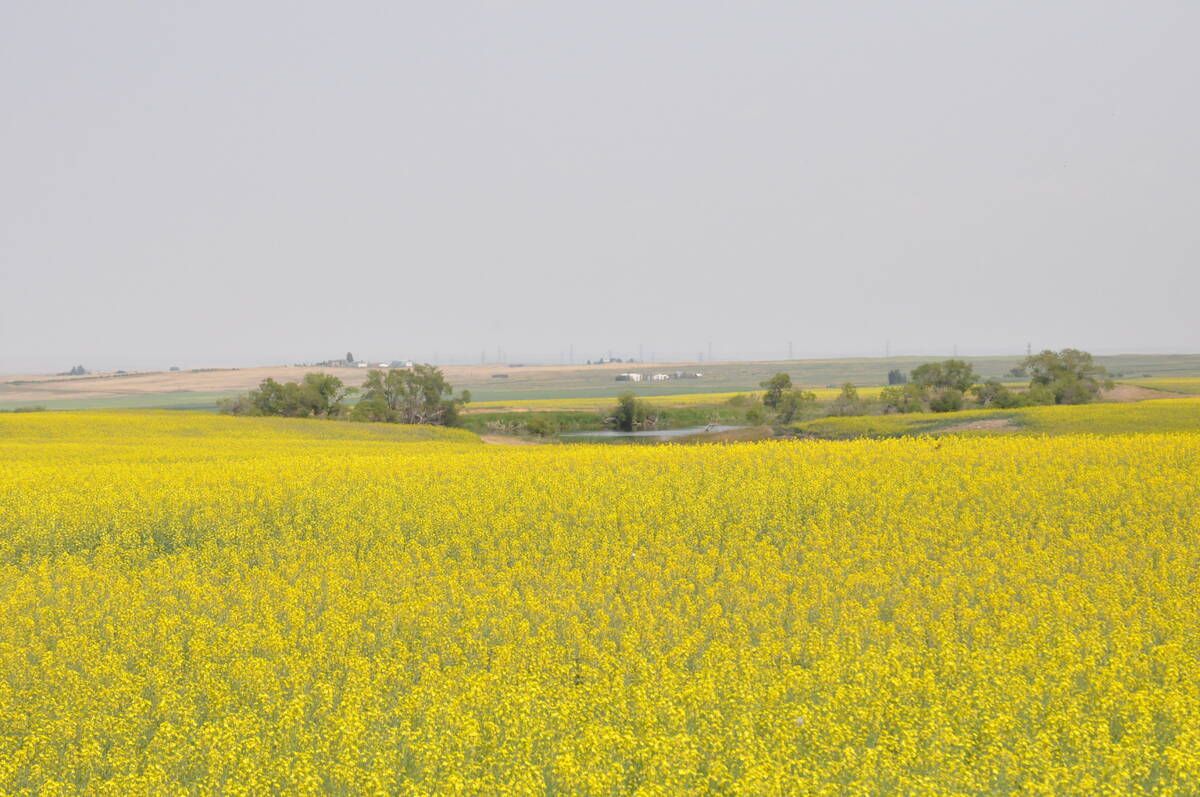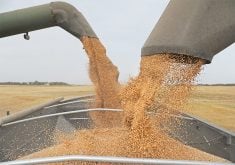REGINA — Education property tax mill rates are going down in Saskatchewan.
The government announced the drop during the Saskatchewan Association of Rural Municipalities annual convention in Saskatoon, and it was to be included in the March 19 budget.
This year is a property reassessment year, and the government said reducing the mill rates would address affordability.
Read Also

Canola oil transloading facility opens
DP World just opened its new canola oil transload facility at the Port of Vancouver. It can ship one million tonnes of the commodity per year.
The mill rate on agricultural land will go to 1.07 from 1.42, while on residential land it drops from 4.54 to 4.27. For commercial/industrial property, the mill rate will be 6.37, down from 6.86, and the rate on resource property goes from 9.88 to 7.49.
The move will save property taxpayers more than $100 million, said government relations minister Eric Schmalz.
“In this era of uncertainty, the government of Saskatchewan is committed to examining the tax tools available to us, to provide relief to Saskatchewan property owners facing rising costs,” he said.
He also announced record revenue sharing to municipal governments worth $361.8 million. The exact breakdown of that amount was to be provided during the budget, but the total is three-quarters of one point of the provincial sales tax from two years ago.
Premier Scott Moe told the convention the government intended to act on key commitments from last fall’s election campaign and address health care, education, addictions and policing in the budget. Spending increases were expected and any contingencies for ongoing tariff threats would likely come through deficit spending.
Moe spent much of his speech ahead of the usual bearpit session with cabinet talking about trade issues.
“What we advocate for wherever we go is a non-tariff environment, free and fair trade with our trading partners around the world,” he said.
“No one wins when we are in a trade war.”
Moe took specific aim at China and its planned 100 perc ent tariffs on canola oil and meal imports.
“Make no mistake. A 100 percent tariff on Chinese canola and meal exports alongside the challenge that we’re seeing in the United States with the on-and-off again tariffs on various products, it will decimate the canola industry in Saskatchewan immediately, in a matter of a number of weeks, not months,” Moe said.
He said his colleagues in Atlantic Canada and Manitoba also want engagement on seafood and pork, respectively.
The premier said he hoped to discuss the issue with prime minister Mark Carney as soon as possible.
A day later, Moe, agriculture minister Daryl Harrison and trade minister Warren Kaeding met with stakeholders to discuss the tariff threats particularly as they relate to value-added agriculture.
He again told reporters the federal government has to take the lead.
“With respect to China, we need to have urgent, urgent engagement by the federal government,” he said.
“This needs to happen before any election call … to ensure that the canola industry is not left in purgatory during the time that we might find ourselves in an election.”
He listed five tariff challenges Ottawa has to deal with and said the Chinese tariffs are the most critical. Moe panned Carney’s plan to travel first to the European Union rather than China or the United States.
Moe said if the Chinese tariffs result in closed crushing plants in Saskatchewan and lost markets — markets that were incredibly hard to build and will be incredibly hard to regain — then the Carney government will wear that legacy.
Contact karen.briere@producer.com


















